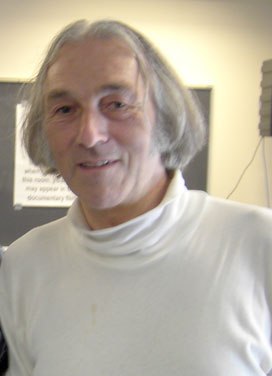Year: 2004
Interactions are ubiquitous in Nature. Physics is the scientific approach to local changes of energy. Energy, a fundamental quantity due to the specific spatial configuration of objects (masses, charges), requires a natural primary system of references and the language of dynamics: Causality, uniqueness, and consistency. These criteria are conveniently respected by modeling interactions in terms of the old and yet neglected concept of potentials. The potential of potentials may be greatly enhanced exploiting the possibilities offered by velocity-dependent (=dynamic) potentials. Exploring various fields of physics on this less-traveled route yields rewarding insights into neo-mechanics, electrodynamics, thermodyamics, and quantum physics. The Universe may be characterized by a c2 background potential that is locally modified by the absolute y factor. Viewing E = mc2 as a matter of potentials, mass (like charge) can be treated as constant. Forces on masses and charges arise from gradients of the respective potentials. Temperature is a consequence of local energy exchanges via potentials. Planck's constant relates two quantities linked by potentials in the micro world of elementary charges. Potentials are a tool so powerful that theories neglecting or misusing them may be ruled out as untenable in physics - despite some pseudo-successes.


